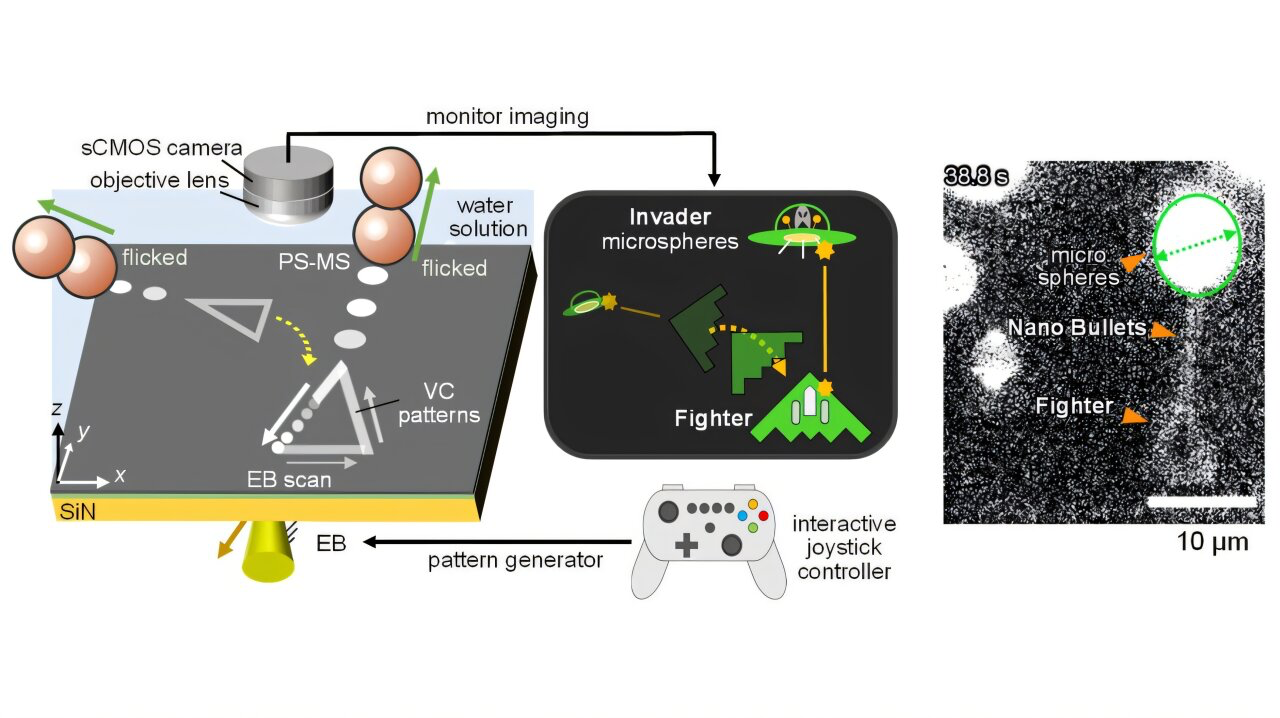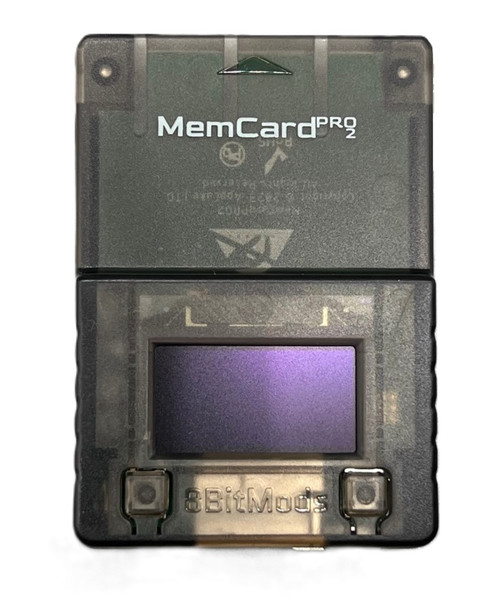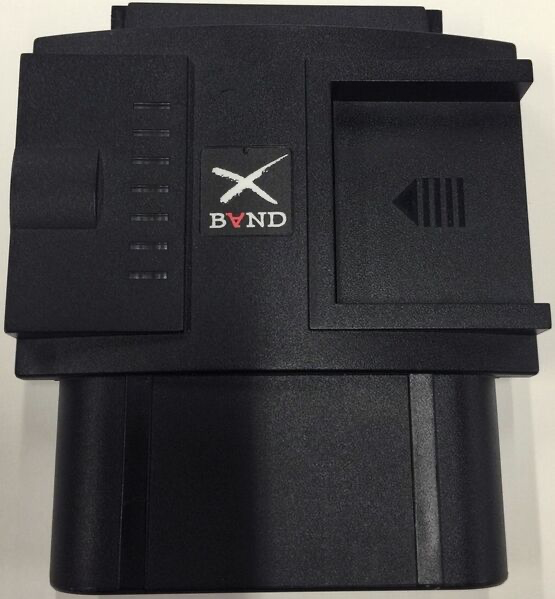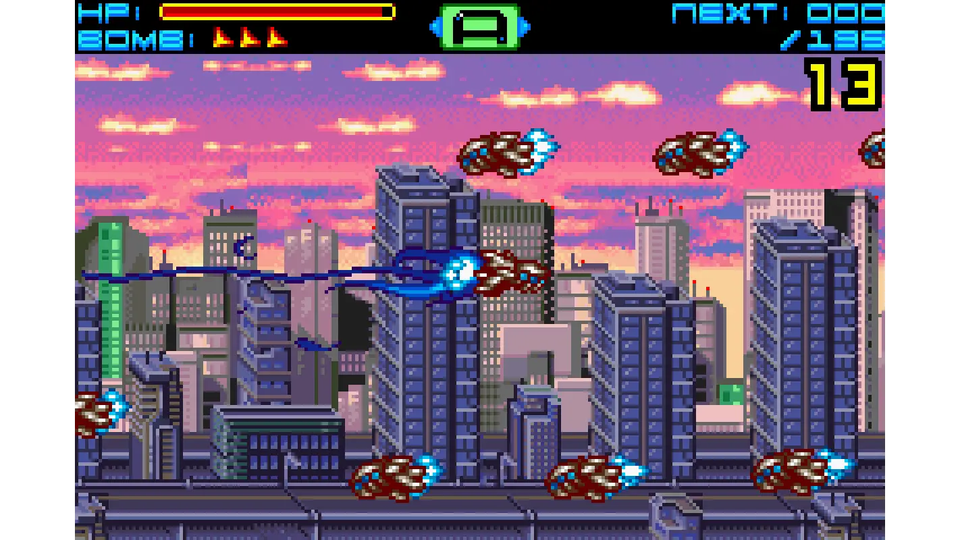Nanogaming: Classic Video Games Plus Cutting-Edge Nanotechnology = The Worlds Smallest Video Game

In a remarkable fusion of retro gaming charm and advanced nanotechnology, researchers from Nagoya University’s Graduate School of Engineering have unveiled what they describe as the world’s smallest shooting game. This innovative project manipulates nanoparticles approximately one billionth of a meter in size, drawing inspiration from classic arcade games to create an interactive experience at the nanoscale.

The Nanogame Experience
The research team, led by Professor Takayuki Hoshino, developed a system that integrates digital technology with the physical nanoworld in real time. Utilizing high-speed electron beams, they generate dynamic patterns of electric fields and optical images on a display surface, allowing for precise control over nanoparticles. Players interact with this system using a joystick to maneuver a triangular spaceship, reminiscent of vintage arcade shooters. The objective is to ‘shoot’ at enemy characters, represented by nano-sized polystyrene balls, effectively merging digital gameplay with tangible nano-objects.
Historical Context: From Pixels to Nanoparticles
The evolution of video games has been closely tied to technological advancements. In the 1970s and 1980s, limitations in computing power led to the creation of pixel art, where images were crafted from small, distinct pixels. Games like “Space Invaders” (1978) and “Pac-Man” (1980) are iconic examples from this era. The current nanoscale game represents a significant leap, transitioning from manipulating pixels to controlling individual nanoparticles, showcasing the strides made in both gaming and nanotechnology.
Technical Insights: The Mechanics Behind the Game
The game’s functionality hinges on the precise control of electron beams to manipulate electro-force fields at the nanoscale. By adjusting these beams in real time, the system can influence the movement of nanoparticles, allowing for interactive gameplay. This method not only demonstrates the potential for entertainment but also paves the way for applications in nanotechnology and biomedical engineering, such as assembling biomolecular structures or targeting specific cells within organisms.
Implications and Future Prospects
Beyond its novelty, this nanoscale game exemplifies the potential of “nano-mixed reality” (nano-MR), a technology that seamlessly merges digital interfaces with the nanoscopic world. The ability to interact with and manipulate nanoparticles in real time opens new avenues in scientific research and medical applications. For instance, similar techniques could be employed to guide therapeutic agents directly to virus-infected cells, enhancing treatment efficacy.
Preserving Gaming Heritage in the Age of Nanotechnology
This development also highlights the enduring influence of classic video games. By drawing inspiration from early arcade shooters, the researchers have paid homage to the origins of gaming while pushing the boundaries of what’s possible today. It serves as a testament to how the foundational elements of retro games continue to inspire innovation across diverse fields.
Credit: Physics.Org for the original article.
Keep your classic games safe with RetroShell – the perfect shield for your retro collection. For the latest retro gaming news and insights, subscribe to our free Substack and get it delivered to your inbox every Monday!




